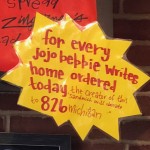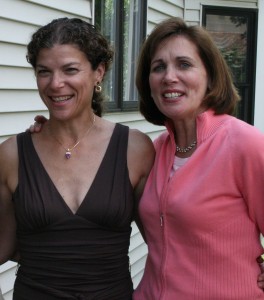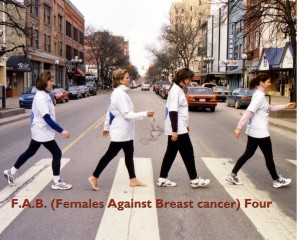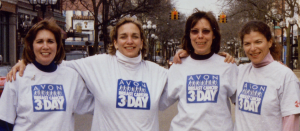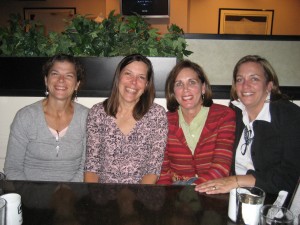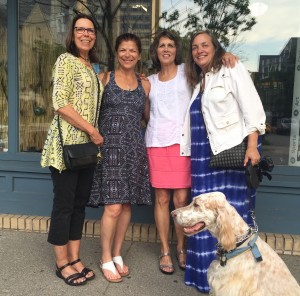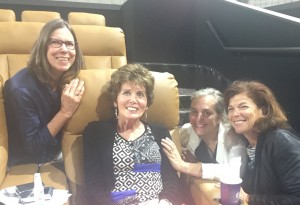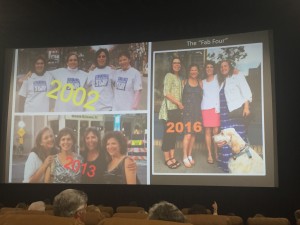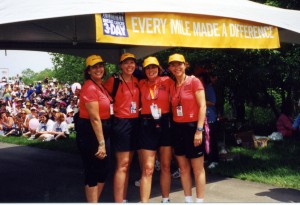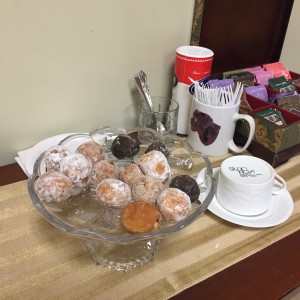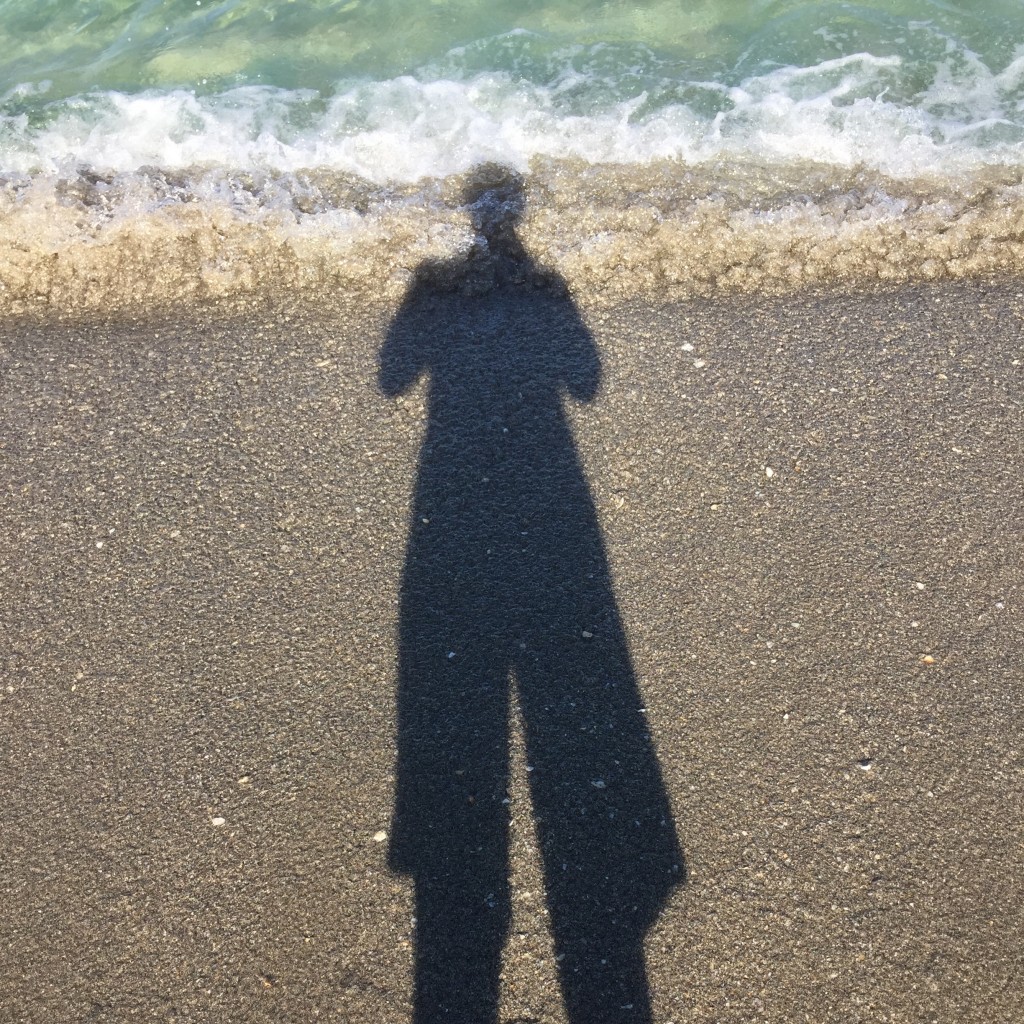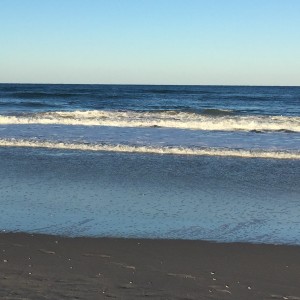Back in 2003, Angela Lee Duckworth had not yet declared that grit is more important than intelligence. I had to discover that on my own. My friend Karen Soskin was visiting, and we were in my home office using my printer. She looked up at my wall and saw a very funny-looking wood plaque. Even though it was professionally made, it looked amateurish and awkward, using four fonts on six lines of text. Karen didn’t hesitate to look at me puzzled, her head tilted in disbelief.
“Is that real?” she asked.
I laughed and laughed.
I had to tell her the whole story about the plaque.
In the last year, I had read a column in Parade Magazine by a woman named Marilyn vos Savant. Marilyn had the highest recorded intelligence quotient (IQ) in the Guinness Book of Records. An actress had written to her for advice, and asked her how she could join Mensa – the high IQ society. In the column I read, the actress was writing back to thank Marilyn, excited to say “I got into Mensa!”
I was inspired. “Mensa member” felt like a certification on my resume that I suddenly wanted to add to my bachelor and master’s degrees.
But first, I had to take a three-hour test. It turned out I knew the person who was the testing official with the local Mensa club. I sat at her kitchen table and sweated away while I filled in bubbles with a number two pencil. The one type of question I remember was a diagram of a flat cardboard box, and I had to identify what it would look like when it was folded into its 3D shape.
Two months later, my results came in the mail. Now I know how my students feel when they get their SAT score. My score was too low to get me into Mensa. Mensa didn’t want me. Oy.
How else could I get to be a member of Mensa, I wondered? Knowing a testing official didn’t help. I researched. I dug. I made phone calls. Turns out you could send in your test scores from school. I learned that Philadelphia, Pennsylvania keeps their IQ test scores for a long time. A long, long time. I ordered a copy of mine from kindergarten, before my brain had gotten stale. Or crowded with facts.
Mensa accepts a number of different types of IQ tests: You need a 132 on the Stanford-Binet, a 131 on the Otis-Gamma Test, or a 130 on the Stanford Binet 5, which is exactly what I had. I made it in without an IQ point to spare. Eureka! I had no shame. I was feeling pretty good about sneaking into Mensa with my kindergarten IQ test.
I ordered their $40 wooden plaque that said I was a member and hung it on my wall in my home office, despite its goofy look. Especially the Mensa logo. And don’t ask me why “member” has an initial capital but “Mensa” doesn’t.
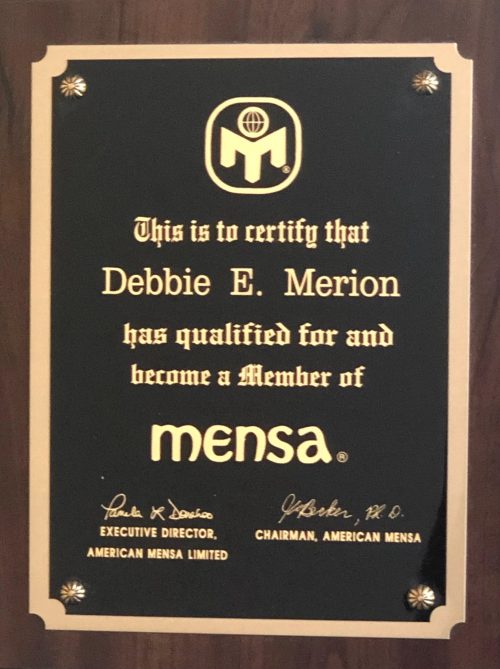
Soon I realized that the Mensa plaque was perfect for Mensa because it was a little awkward, like everything that Mensa did. Their newsletter had lukewarm articles and no graphic design. They met at an unappetizing restaurant—Old Country Buffet—which had buckets of overcooked, preservative-laden food from a can. Their parties lacked a certain something. I think it was “fun.”
So, as I stood there in my office with Karen, I explained how she had made me laugh, not hesitating to ask if the plaque was real. The next time Karen and I were with her son Eric, I had to tell him my plaque story too.
He said to me, “I can’t believe you are in Mensa!”
“What do you mean?” I asked, with a wink. “Don’t you think I’m smart enough?”
“Of course, I do, but Mensa, why join that?”
Touché. Eric was right. Why Mensa, indeed? I soon realized there was nothing in it for me, other than an awkward looking plaque. I stopped paying membership after a year.
The plaque does remind me of one thing I learned from my parents: the power of perseverance. My parents didn’t give up easily. If they did, I wouldn’t be writing this, because they didn’t conceive easily either.
Maybe this is why Angela Lee Duckworth values grit over IQ. She says that high IQ was not always one of the characteristics of her most successful students, in her TED talk and her best seller: GRIT – The Power of Passion and Perseverance.
I admire the perseverance I see in my friends and family immensely. Keep on keeping on!
P.S. Mini IQ test: Do you recognize the font for the funny-looking Mensa logo? It’s very similar to Comic Sans font, the font with its own meme!


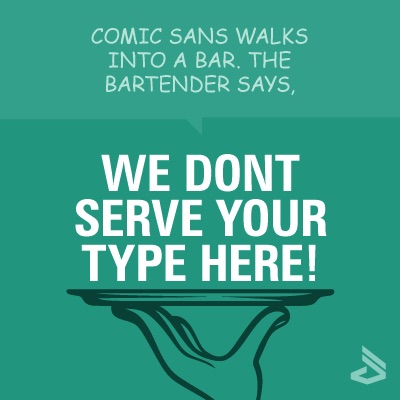
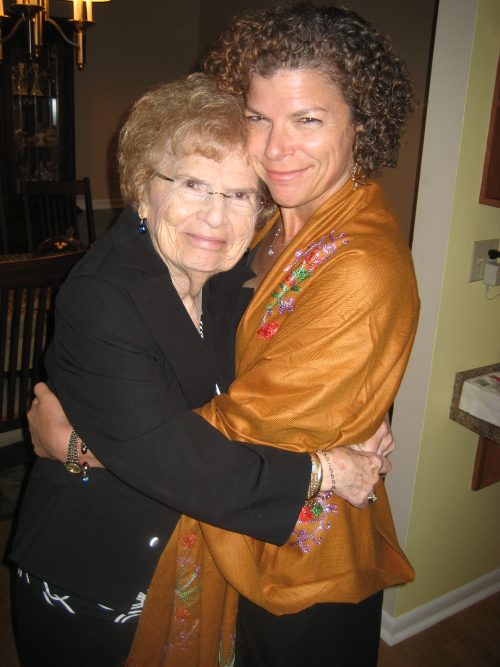
Thank you, mom, for teaching me perseverance!
In 2019 I’m writing stories in response to weekly prompts from Storyworth, a gift from our daughter Sarah. All of these stories will be made into a book in January 2020. We all have stories, I hope these will help you remember yours.
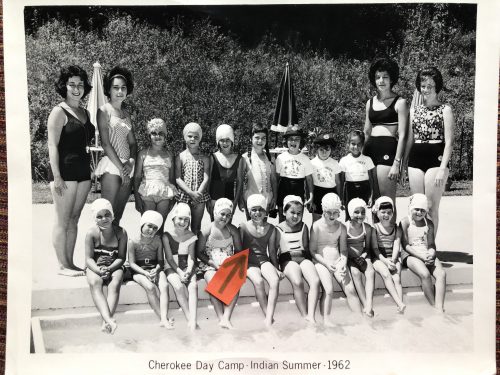
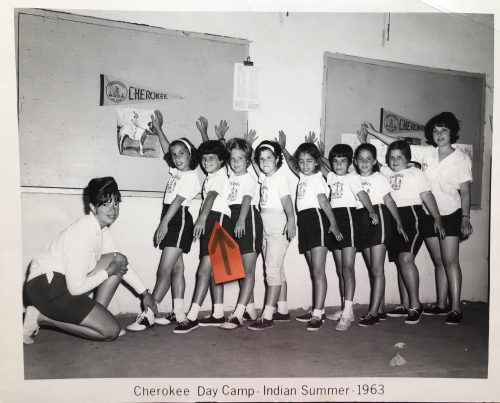
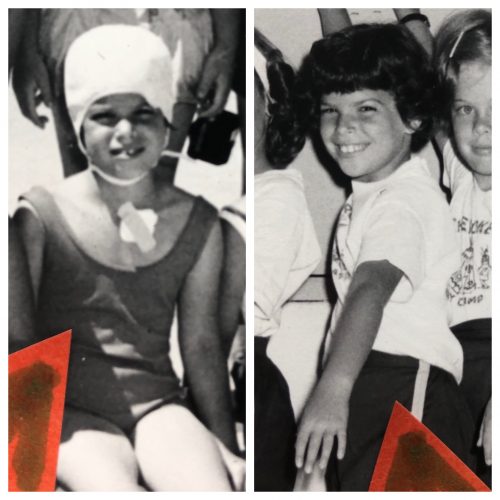
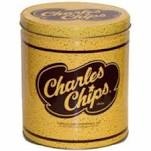
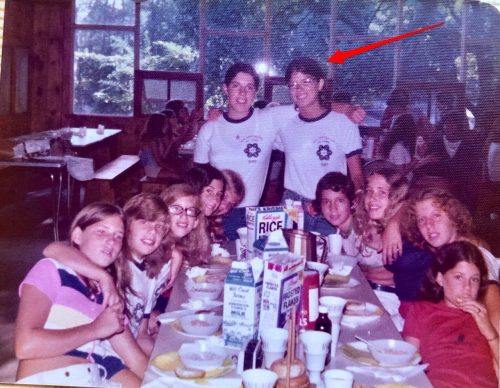

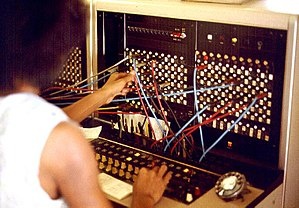

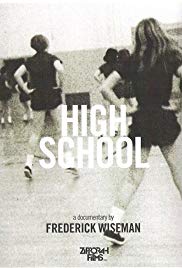

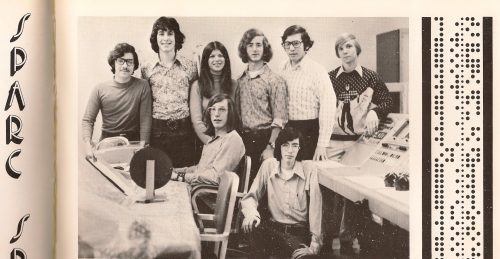
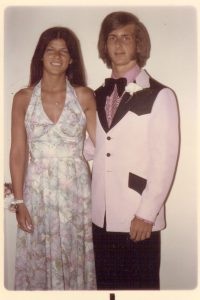
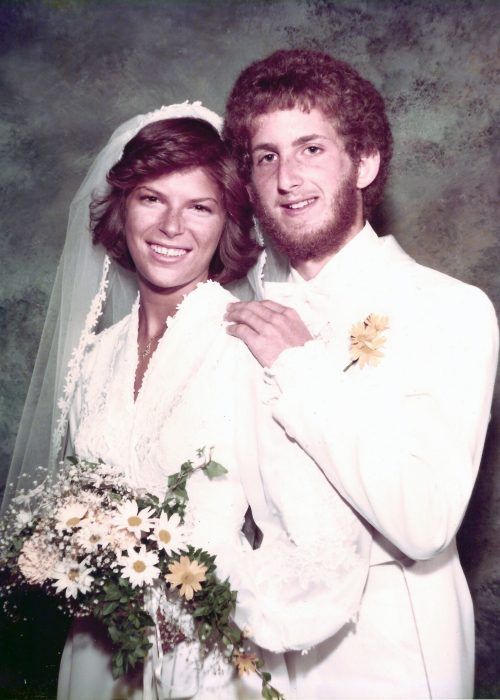
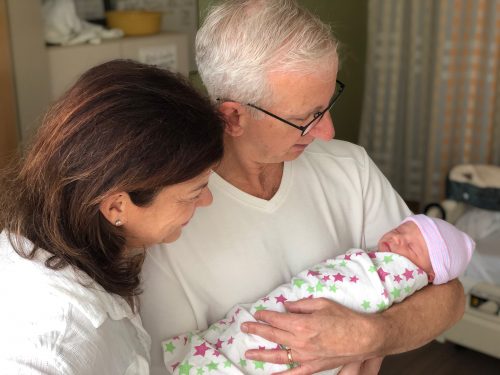
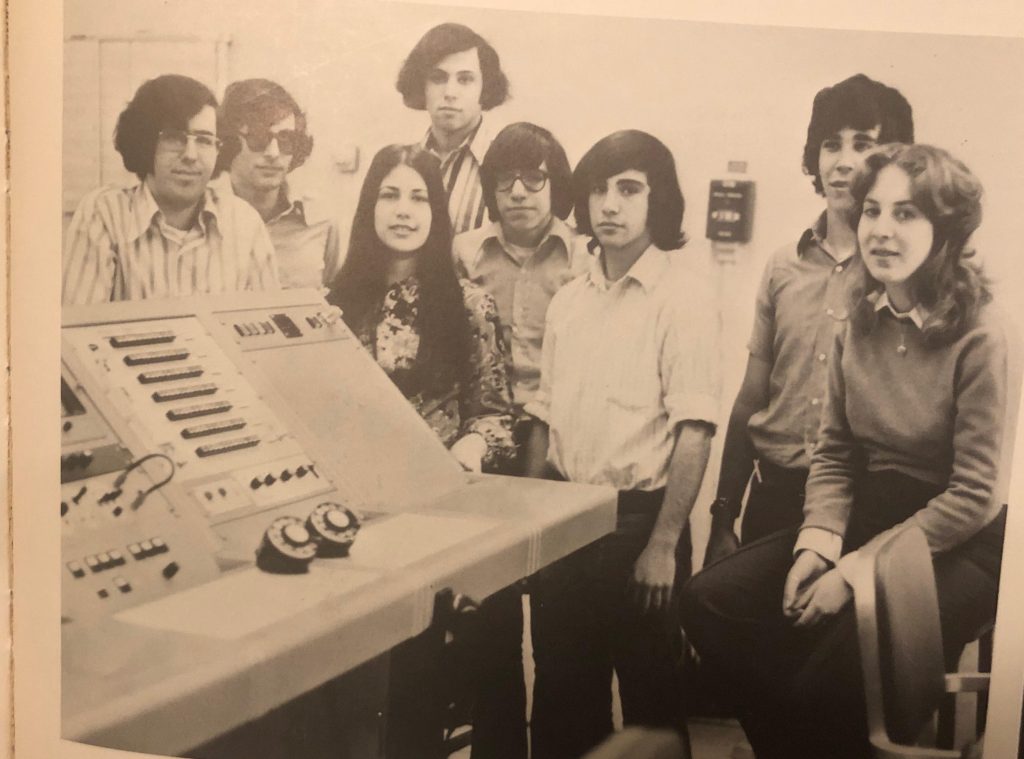
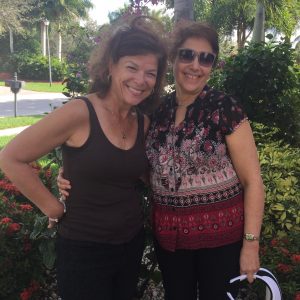
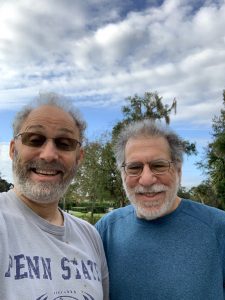 Fred Wittenstein and Marc Servetnick in Florida in 2019
Fred Wittenstein and Marc Servetnick in Florida in 2019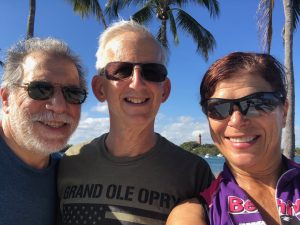
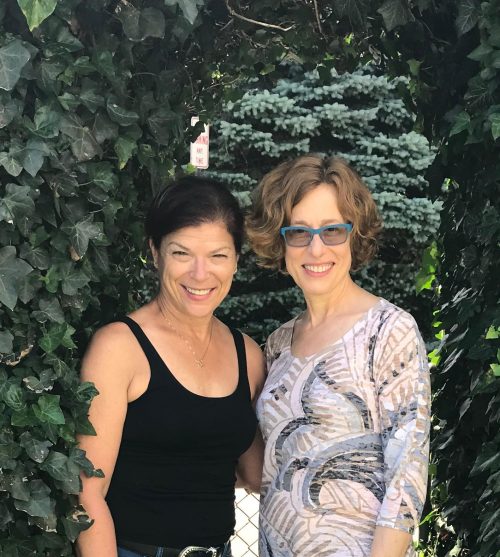

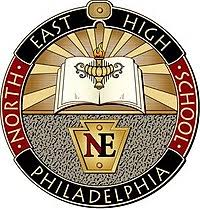
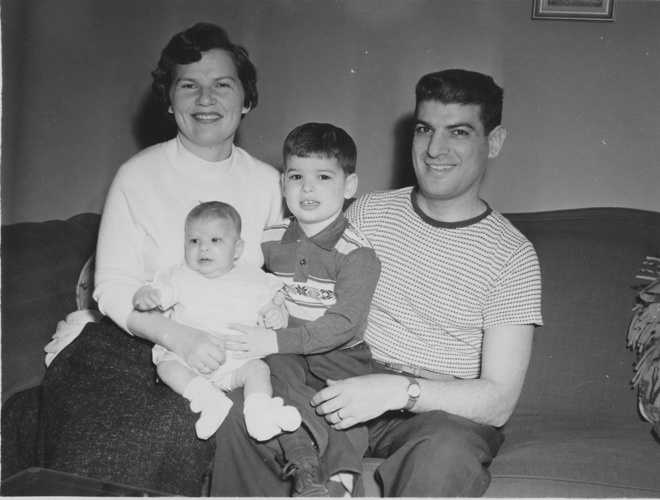
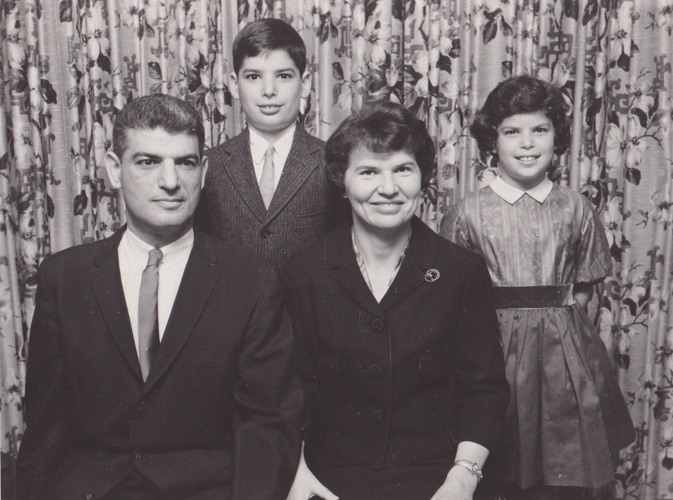
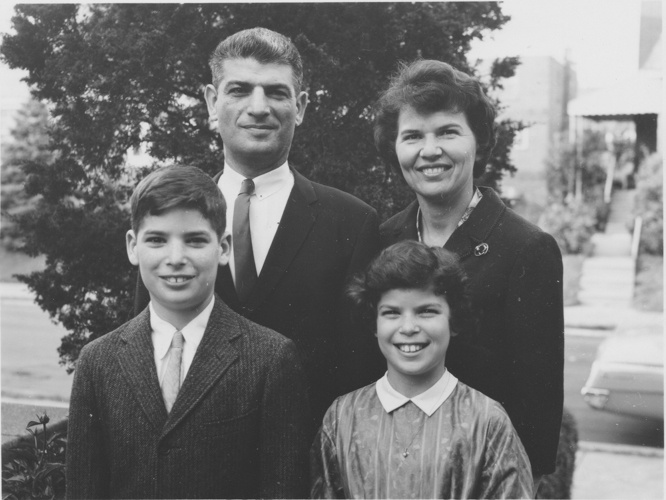
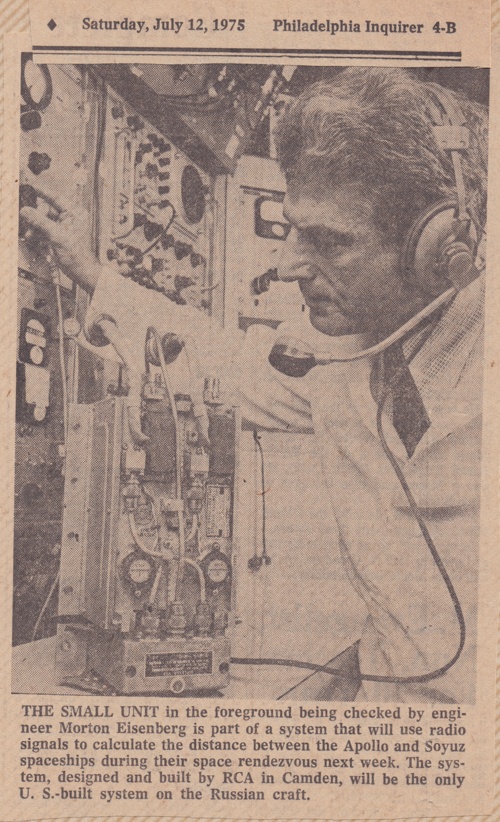
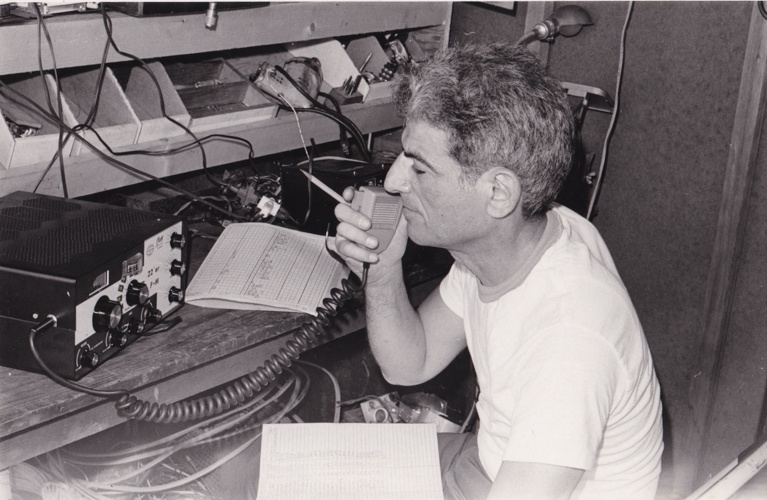
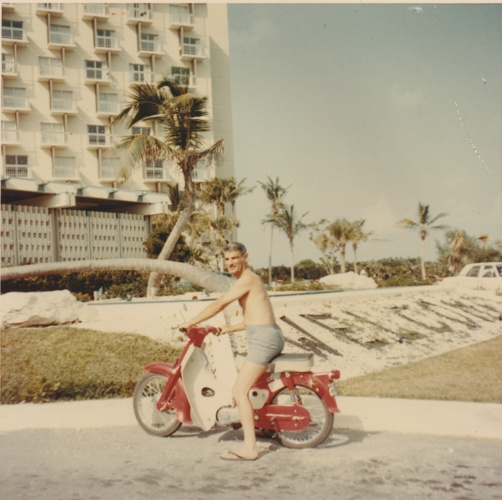
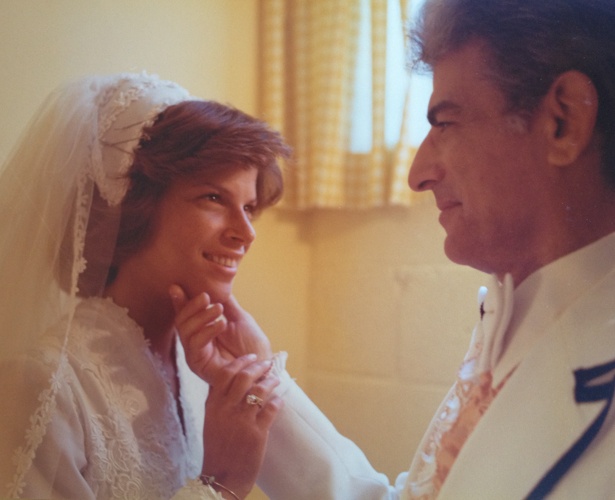
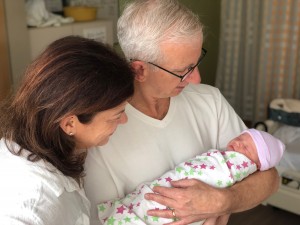
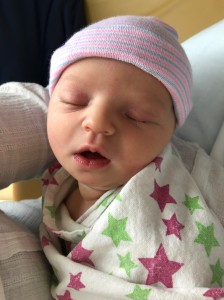
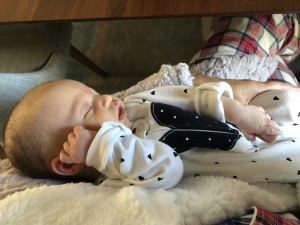
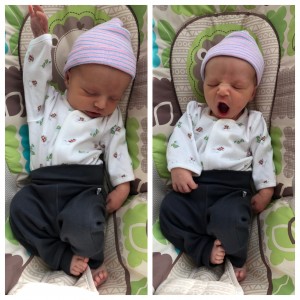
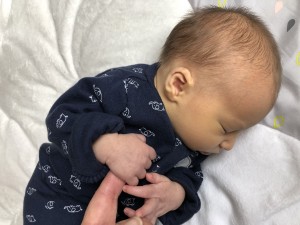
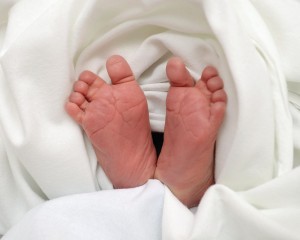
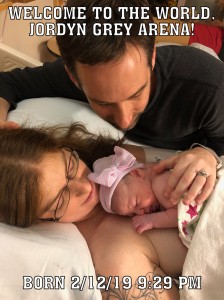
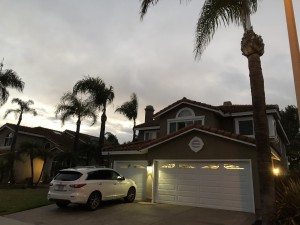
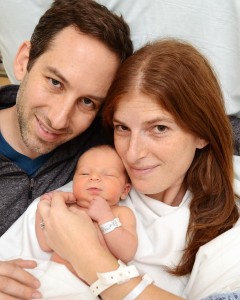
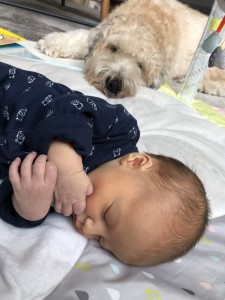
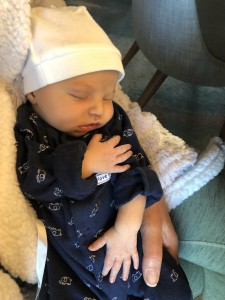
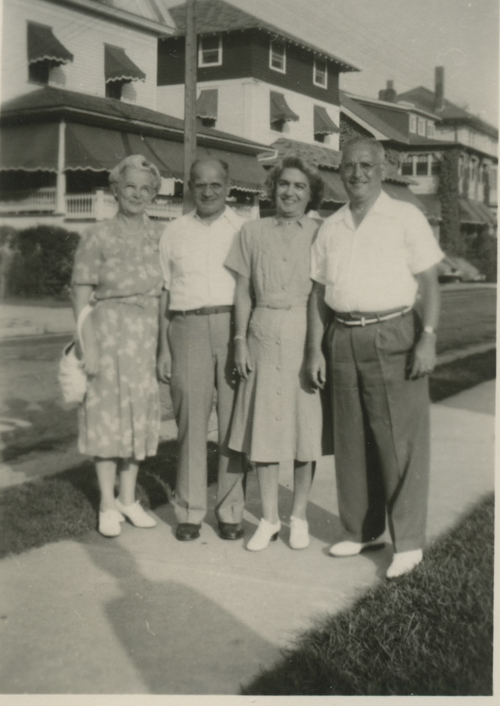
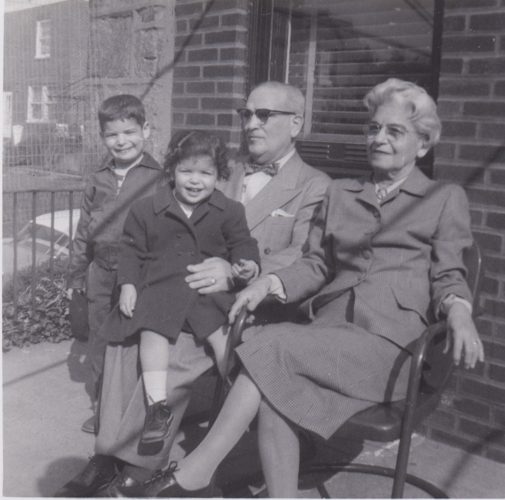
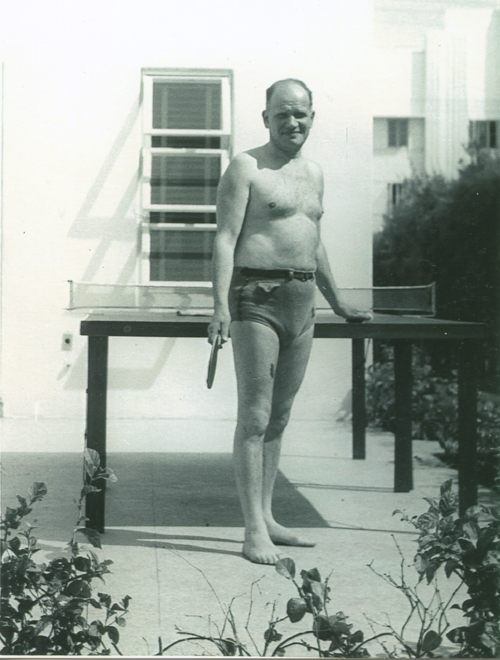
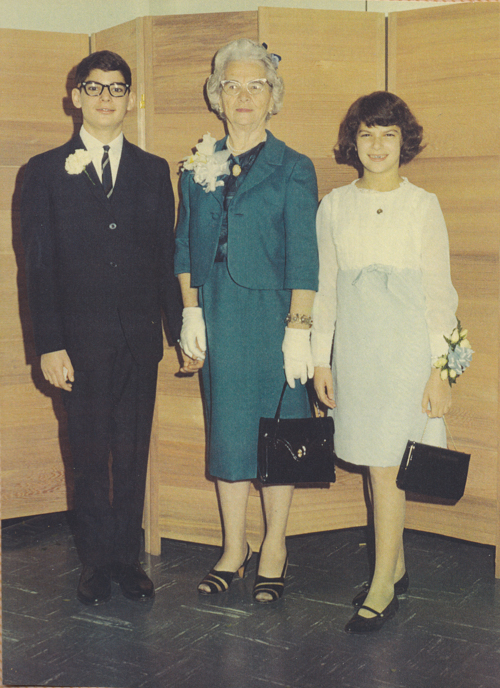
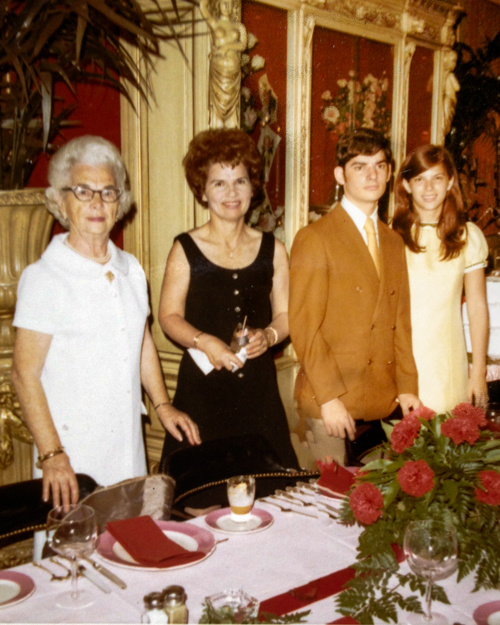
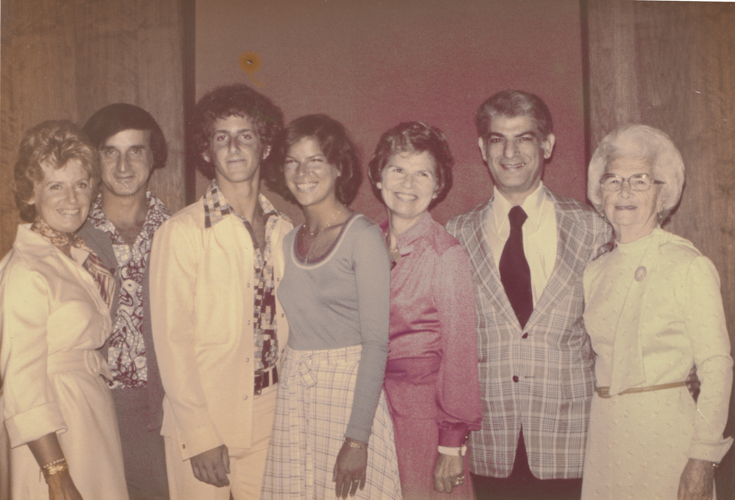
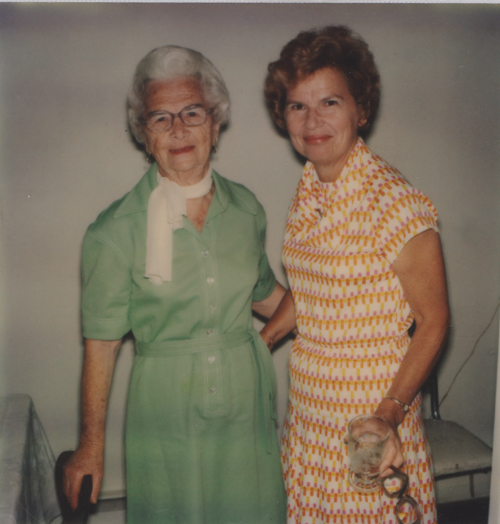

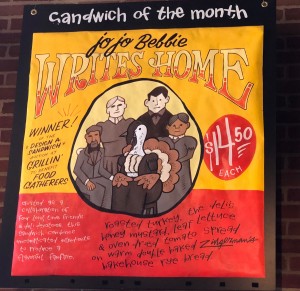
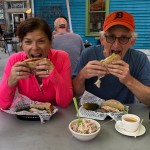
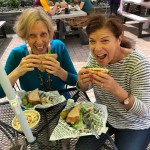
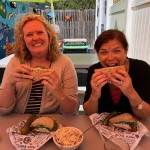
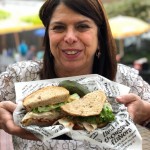
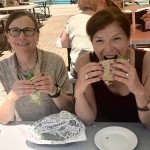
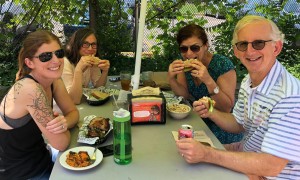
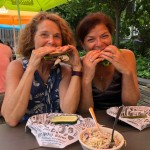
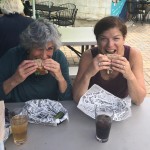
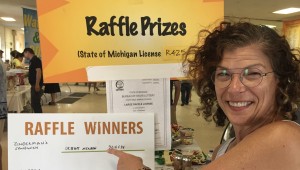
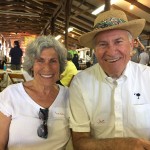
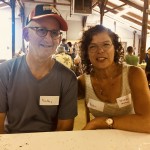
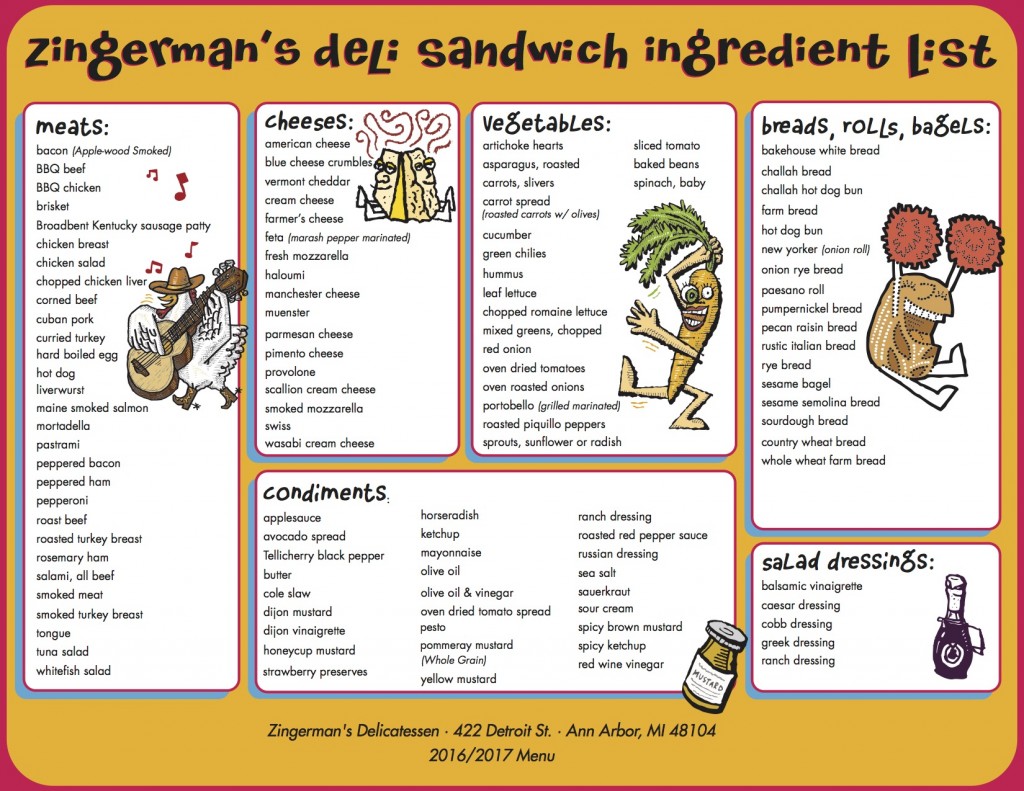
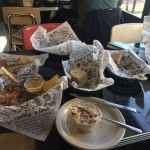 writing a blog…it’s creative…it’s fun… except every time you add another sentence you get a little bit more full. Fortunately, I came hungry.
writing a blog…it’s creative…it’s fun… except every time you add another sentence you get a little bit more full. Fortunately, I came hungry.